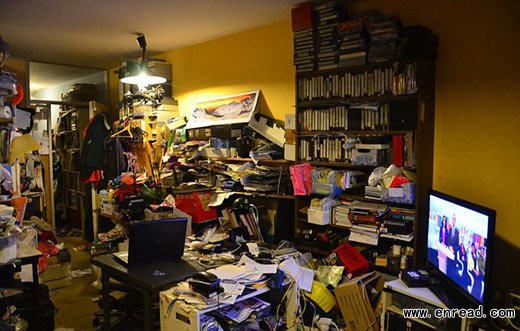A new form of hoarder2 has arisen: Digital hoarders.
一种新型的“储物狂”已经诞生,那就是:数码囤积狂。
A report published by BMJ Case Reports, examined a 47-year-old man whose
obsession3 with
hoarding4 digital pictures
severely5 interfered6 with his day-to-day life, preventing him from sleeping and even leaving his home.
The man was
formerly7 diagnosed with autism and hoarding
tactile8 objects – a condition that has been documented in the mental health reference manual DSM-5.
But at the time the man was checked into an outpatient clinic, there had been no previous formal
diagnosis9 of digital hoarding.
According to the case report, the man mostly
hoarded10 objects with little to no economic value - like paperwork and bike
components11 - because he felt they would be of use to him in the future.
Eventually, after obtaining a digital camera, the man began to
hoard1 digital pictures, as well.
Digital photography became his primary daytime activity, and he took up to 1,000 pictures each day, mostly of landscapes, the report said.
But, as with the tactile objects he hoarded, the man struggled to discard the pictures.
He ended up using four external hard drives to maintain the original pictures, as well as four additional hard drives to store the backups.
He spent three to five hours each day organizing the pictures, which led to feelings of
frustration13.
Organizing the pictures also interfered with his sleep and prevented him from partaking in other activities, including cleaning his house, relaxing or going outside.
Doctors conducted a number of hoarding questionnaires, and found that their patient met all the DSM-5
criteria14 for hoarding
disorder15 for his object hoarding.

 收听单词发音
收听单词发音 


